Categories
Latest Blog
- 2024 Year-End Summary: Gratitude and Outlook
- Pandasolar Showcases Solar Mounts At The PV EXPO In Japan,Tokyo
- Merry Christmas!!!
- SOLAR SHORT RAIL MONTAGE SYSTEM INTRODUCTION
- ADVANTAGES OF USING SOLAR HANGER BOLT
- Solar Hanger Bolts: The Durable Solution for Mounting Solar Panels
- Solar Kliplok Installation Guide
- How to properly install solar aluminum carport system
Tags


 Deutsch
Deutsch español
español Português
Português 日本
日本

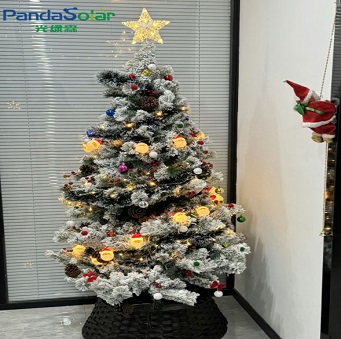
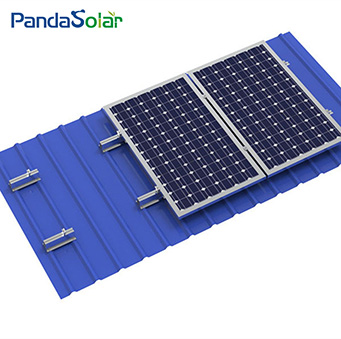
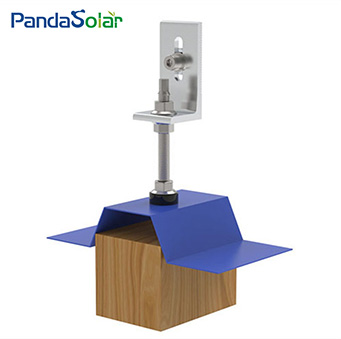
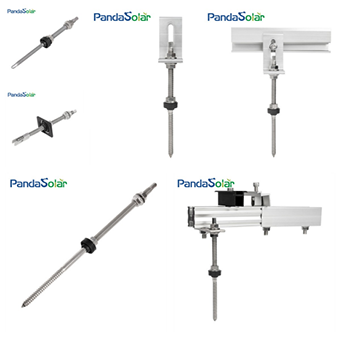
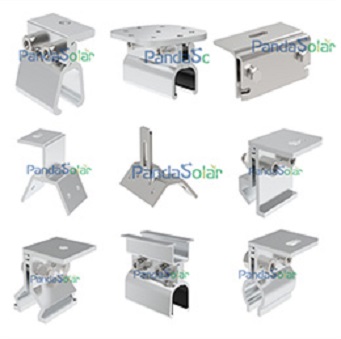
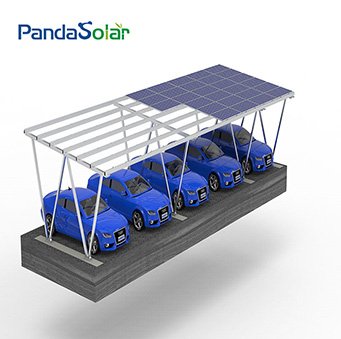
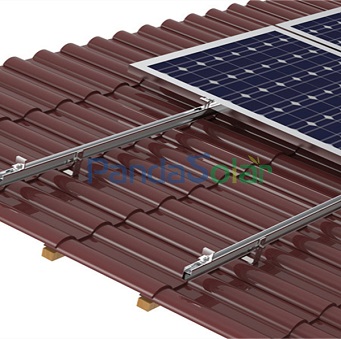
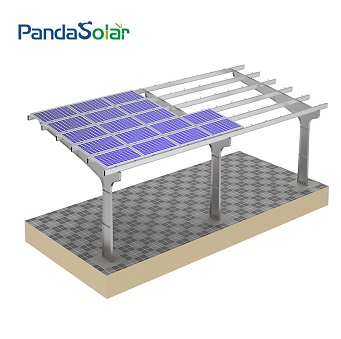
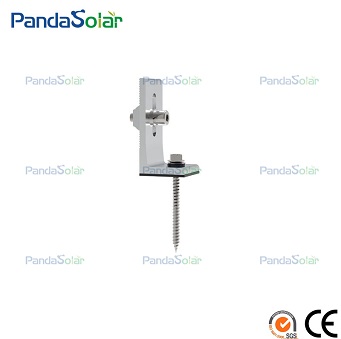
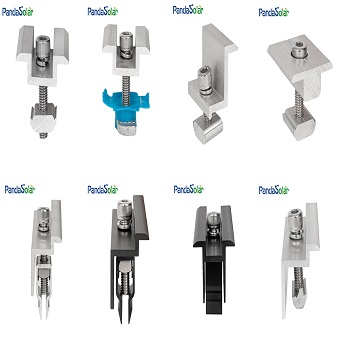
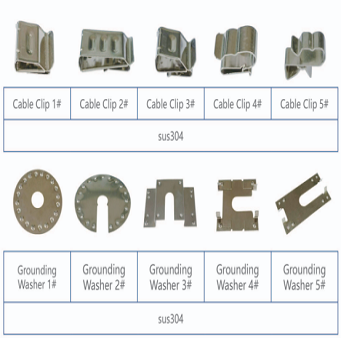



 IPv6 network supported
IPv6 network supported